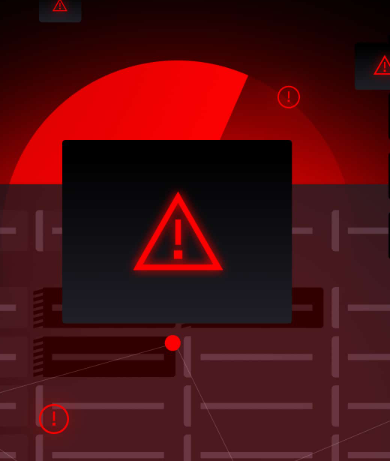
As organizations grow and develop, many face the challenge of adding security features to existing systems. However, this often reveals gaps and inefficiencies. The better, more sustainable approach is to focus on secure system design right from the start. By integrating security into the infrastructure during development, organizations can create stronger defenses, lower long-term maintenance costs, and reduce exposure to potential risks.
The Importance of Secure System Design
Security should not be an afterthought; it must be a core principle embedded in every step of system development. A system designed with security in mind is equipped with protective measures from the beginning, minimizing vulnerabilities and reducing the chances of successful attacks. Without this foundational approach, organizations are left with patchwork solutions that struggle to keep pace with evolving threats.
Why It Pays to Build Security into Your Systems
Systems that prioritize security from the start are up to 50% cheaper to maintain and patch over their lifecycles compared to those that require retrofitting. This proactive approach saves both time and money while significantly reducing long-term security risks.
Key Principles of Secure System Design
- Least Privilege Access
Grant only the minimum level of access required for users and applications to perform their tasks. This limits the potential damage if an account or system is compromised. - Defense in Depth
Avoid relying on just one layer of defense. Implement multiple, overlapping security measures—such as firewalls, encryption, endpoint protection, and monitoring—so there are redundant safeguards against various threats. - Secure Defaults
Systems should be configured with the most secure settings by default. Avoid open ports, weak credentials, and overly permissive access unless absolutely necessary and justified. - Continuous Monitoring
Security isn’t a one-time task. Design systems to include ongoing monitoring and logging, enabling the detection and investigation of any unusual activities or breaches as soon as they happen. - Built-In Compliance
Ensure that your systems comply with relevant regulations and industry standards (e.g., HIPAA, PCI DSS, CMMC) right from the design phase to avoid costly future adjustments and ensure compliance readiness.
Steps to Build Secure Systems from the Ground Up
- Conduct Early Risk Assessments
Identify potential security risks and threat models in the planning stages. By doing so, you can implement proactive mitigation strategies from the start. - Collaborate Across Teams
Involve security experts, developers, IT operations, and compliance officers early on. This ensures that all viewpoints are considered during the design and system requirements phase. - Automate Security Controls
Integrate automated security checks, code analysis, and vulnerability scanning into the development pipeline. This helps detect issues before deployment. - Follow Secure Coding Practices
Adopt secure coding standards to avoid common vulnerabilities such as SQL injection, cross-site scripting (XSS), and buffer overflows. - Plan for Incident Response
Design systems with built-in logging, auditing, and forensic capabilities to enable quick responses and thorough investigations in case of security incidents.
Conclusion
Building security into your system’s design from the start is the most effective way to protect your organization. By applying these principles and steps, you ensure that your systems are resilient to attacks, easy to maintain, and ready for compliance—saving time, money, and effort in the long run.































































